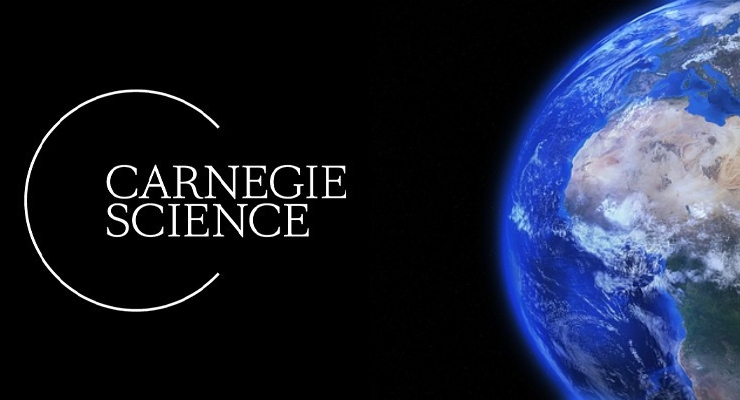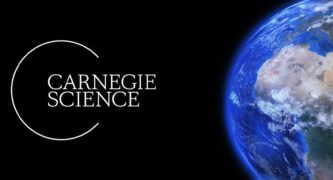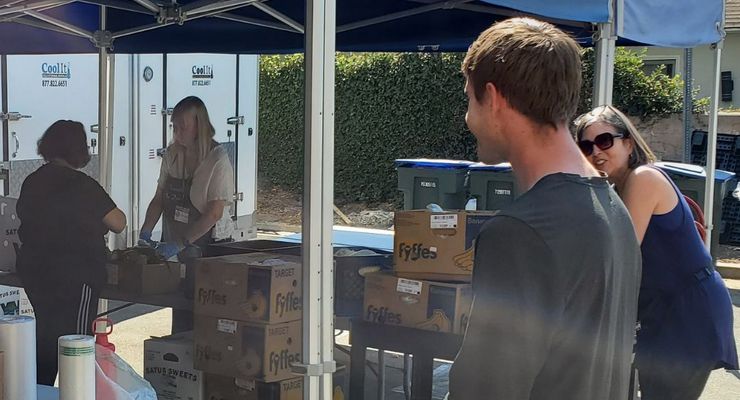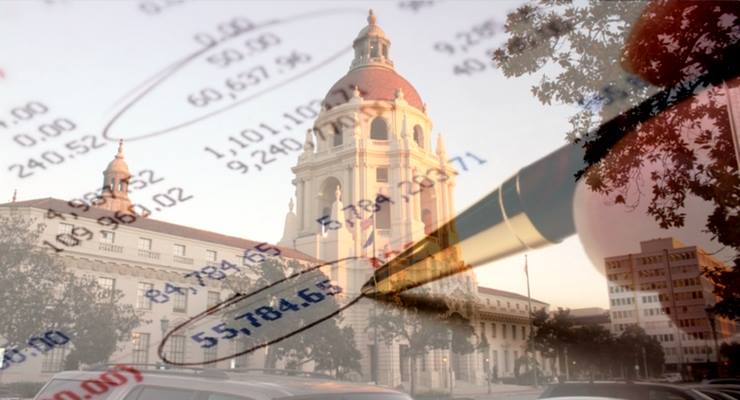
A distinguished astronomer from the National Optical Astronomy Observatory (NOAO) will reveal insights into one of astronomy’s most challenging measurements during a colloquium at Carnegie Observatories in Pasadena next week.
Dr. Tod Lauer will present “How Dark is Space?” on April 8, exploring recent findings about the cosmic optical background (COB) – the combined glow of all galaxies in the universe.
The presentation will detail how NASA’s New Horizons spacecraft was positioned at approximately 57 AU (astronomical units) from the Sun to measure the COB without interference from solar system light pollution, particularly zodiacal light caused by dust near the Sun.
Using the spacecraft’s Long Range Reconnaissance Imager (LORRI) camera, researchers measured the COB’s brightness across 16 areas of sky located far from the crowded regions of the Milky Way. The team detected a strong signal confirming the COB’s presence.
“Most of this light likely comes from known background galaxies,” according to research findings Lauer will discuss. The data showed a small portion of the signal doesn’t entirely align with expectations, though researchers concluded this slight discrepancy isn’t statistically significant.
The simplest explanation, according to the research, is that the COB’s brightness can be fully attributed to the combined light from galaxies.
Dr. Lauer, Associate Astronomer at NOAO, specializes in cosmology, large-scale structure of the universe, galaxy evolution, and black holes in galactic nuclei. His current research includes leading the Nuker Team’s investigations of galaxy centers using the Hubble Space Telescope and several deep-sky surveys examining galactic structure.
Lauer earned his Ph.D. from UC Santa Cruz in 1983 after completing undergraduate studies at Caltech. His scientific contributions have been recognized with the NASA Medal for Exceptional Scientific Achievement and the AURA Award for Outstanding Science. Asteroid 3135 was named in his honor.
New Horizons, the spacecraft that collected the COB data, is an interplanetary space probe launched in 2006. Its primary mission was to study the Pluto system in 2015, with a secondary mission to study Kuiper belt objects. It is the fifth space probe to achieve the escape velocity needed to leave the solar system.
The colloquium begins at 11 a.m. in the William T. Golden Auditorium at Carnegie Observatories, located at 813 Santa Barbara Street in Pasadena.
To obtain the Zoom link, go to https://carnegiescience.edu/


















